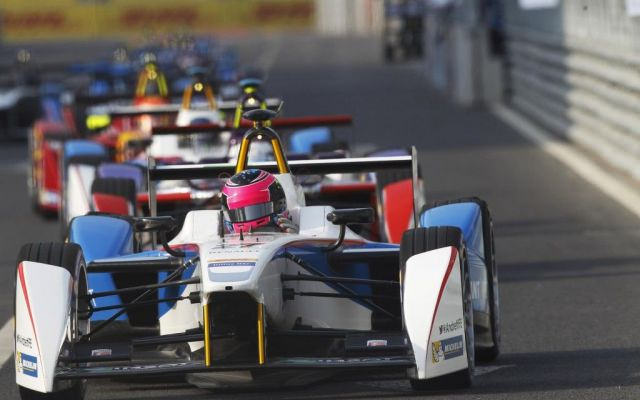On Saturday, March 14, motor racing returns to the streets of downtown Miami. But unlike before, when the buildings vibrated to the sound on Internal Combustion Engines, this time it’s the quiet revolution of motor racing that’s drawing in the fans.
The FIA Formula E Championship is the world’s first all-electric single-seater series. Conceived by the FIA – the governing body of world motorsport – the series aims to showcase the potential for electric cars in their most relevant environment – city centers.
The World Health Organization reckons that seven million people a year die as a result of air pollution, and with gas-powered cars estimated to contribute 75 per cent of that air pollution, the potential for electric cars to benefit the environment – and people’s quality of life – is enormous.
Formula E intends to play a key role in this by showing that electric cars can be exciting and cool as well as environmentally beneficial. Indeed, it is predicted that as a result of the promotion of electric cars through initiative such as Formula E, an additional 77 million EVs will be on the road by 2038.
Formula E will also accelerate the rate of development in electric car technology. There’s an old saying that ‘racing improves the breed’. The relentless pace of technical development and prototyping that is needed to compete at the forefront in motorsport means that it has the potential to drive technological development at a far greater pace that conventional R&D programs.
At present, in order to complete the hour-long Formula E races, drivers have to change cars midway through. However, from season three onwards, Formula E will allow manufacturers to develop their own battery technology. The aim of this competition is to ensure that by season five the cars are able to complete the whole race on a single charge.
So in effect, Formula E wants to stimulate a 100 per cent increase in battery range in just two years. This will have enormous benefits for the usability and drivability for electric cars for everyday use.
Formula E also aims to minimize its carbon footprint to the lowest possible level paying special attention on waste, water and energy management on site. To this end, the cars for the Miami ePrix will be charged using electricity generated by solar power supplied by the Florida Power and Light Company.
The calendar is also designed to be as low-carbon as possible, with the races taking place across the global in geographical clusters. The series started in South-east Asia before moving to South America and onto North America before finally concluding in Europe.

